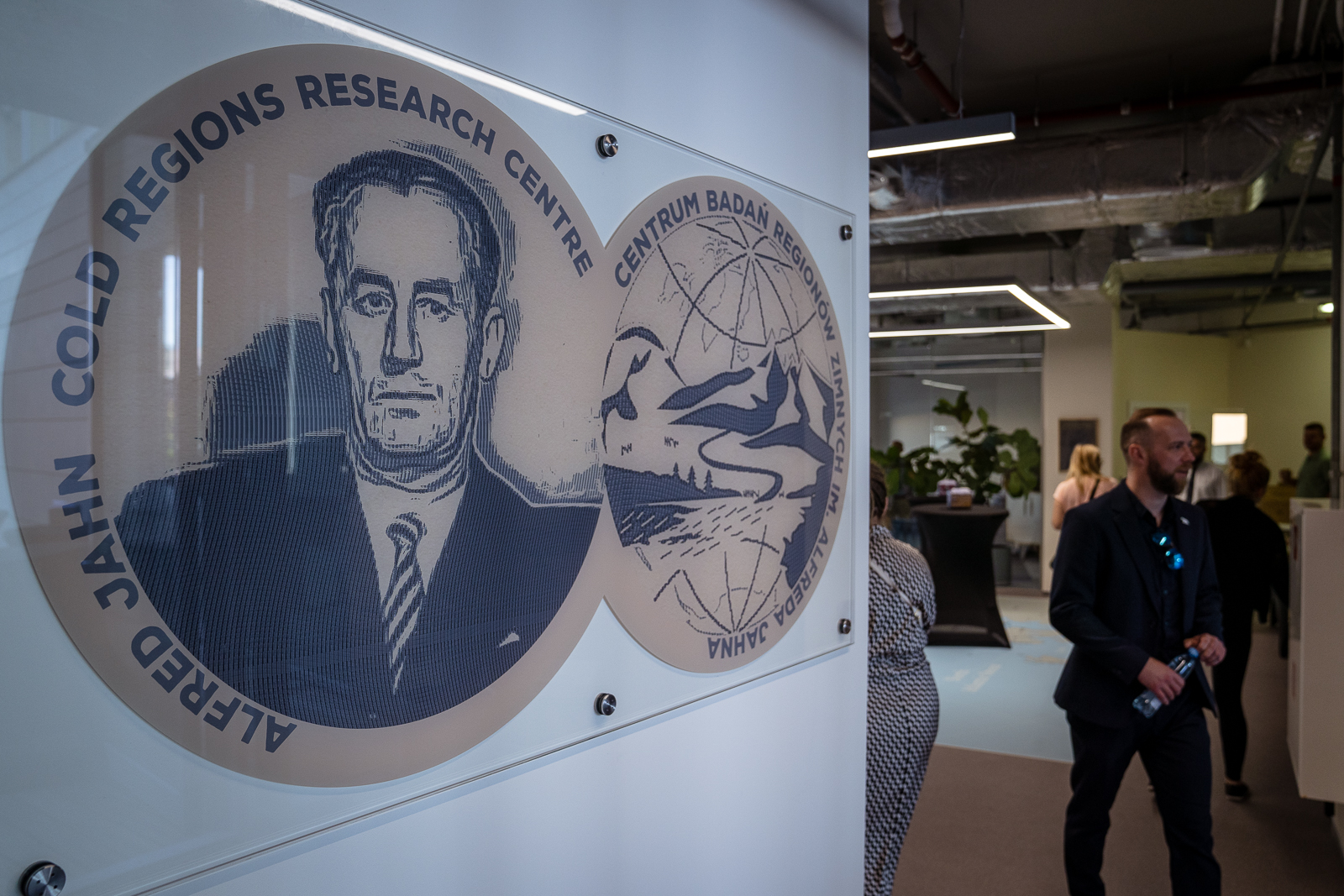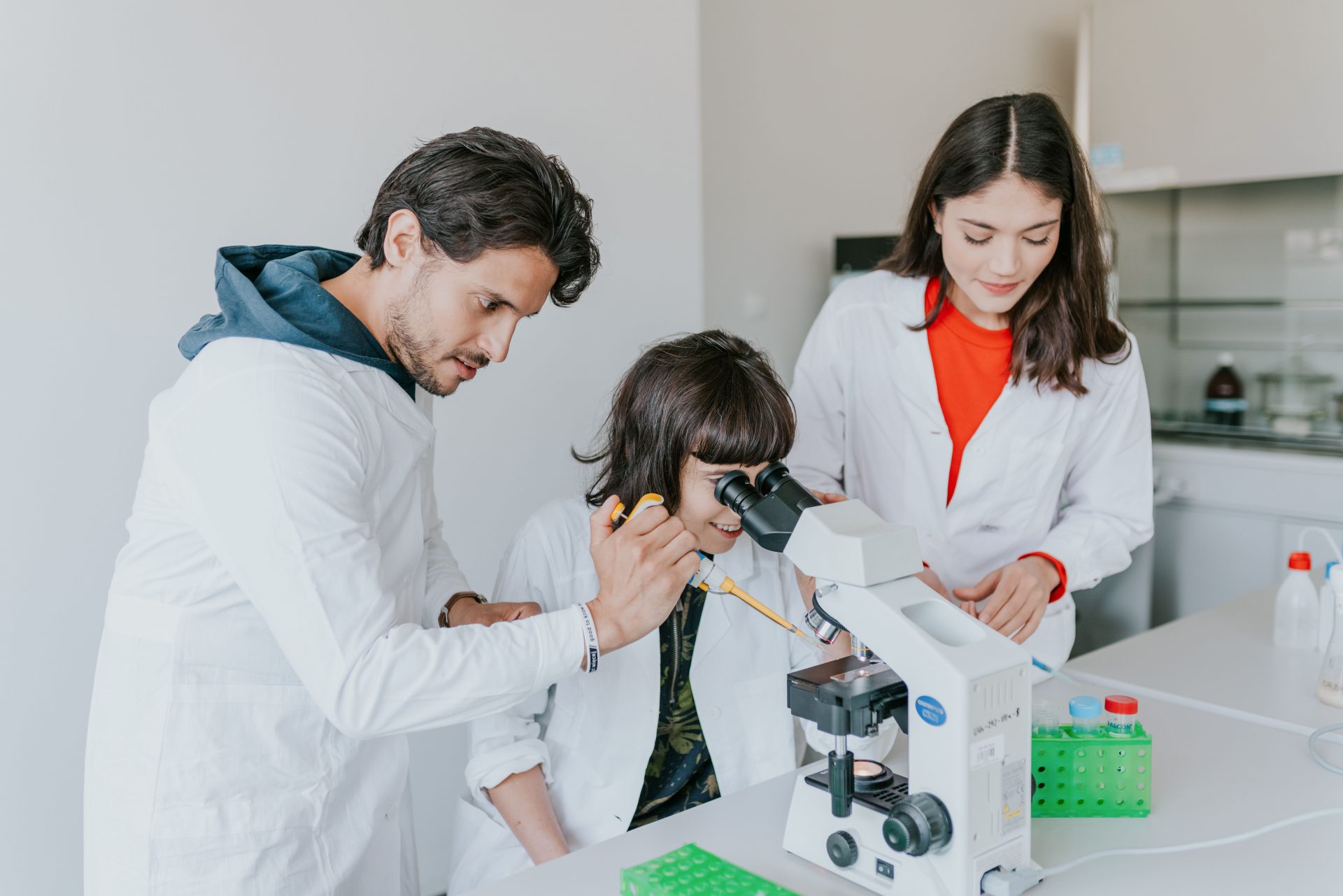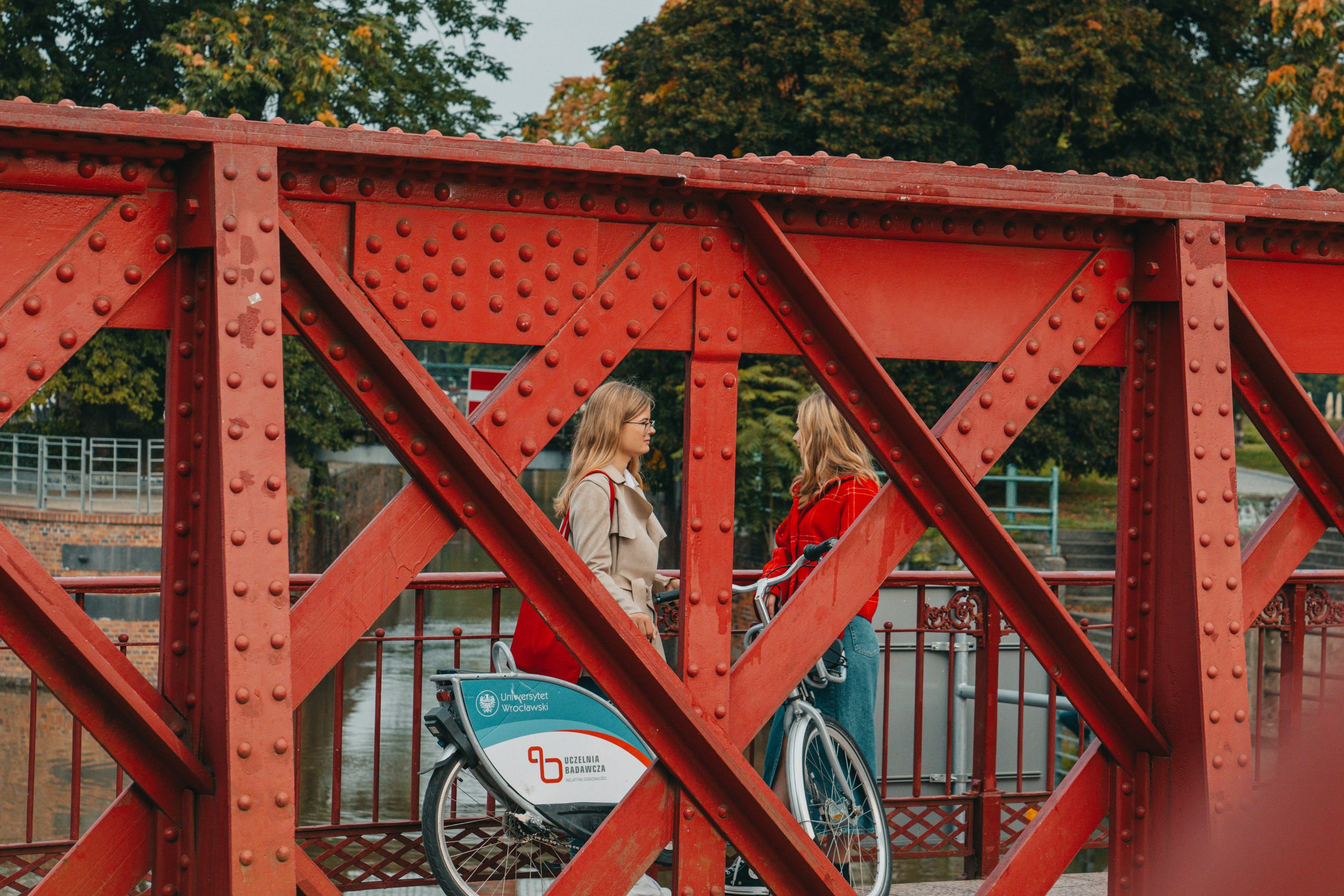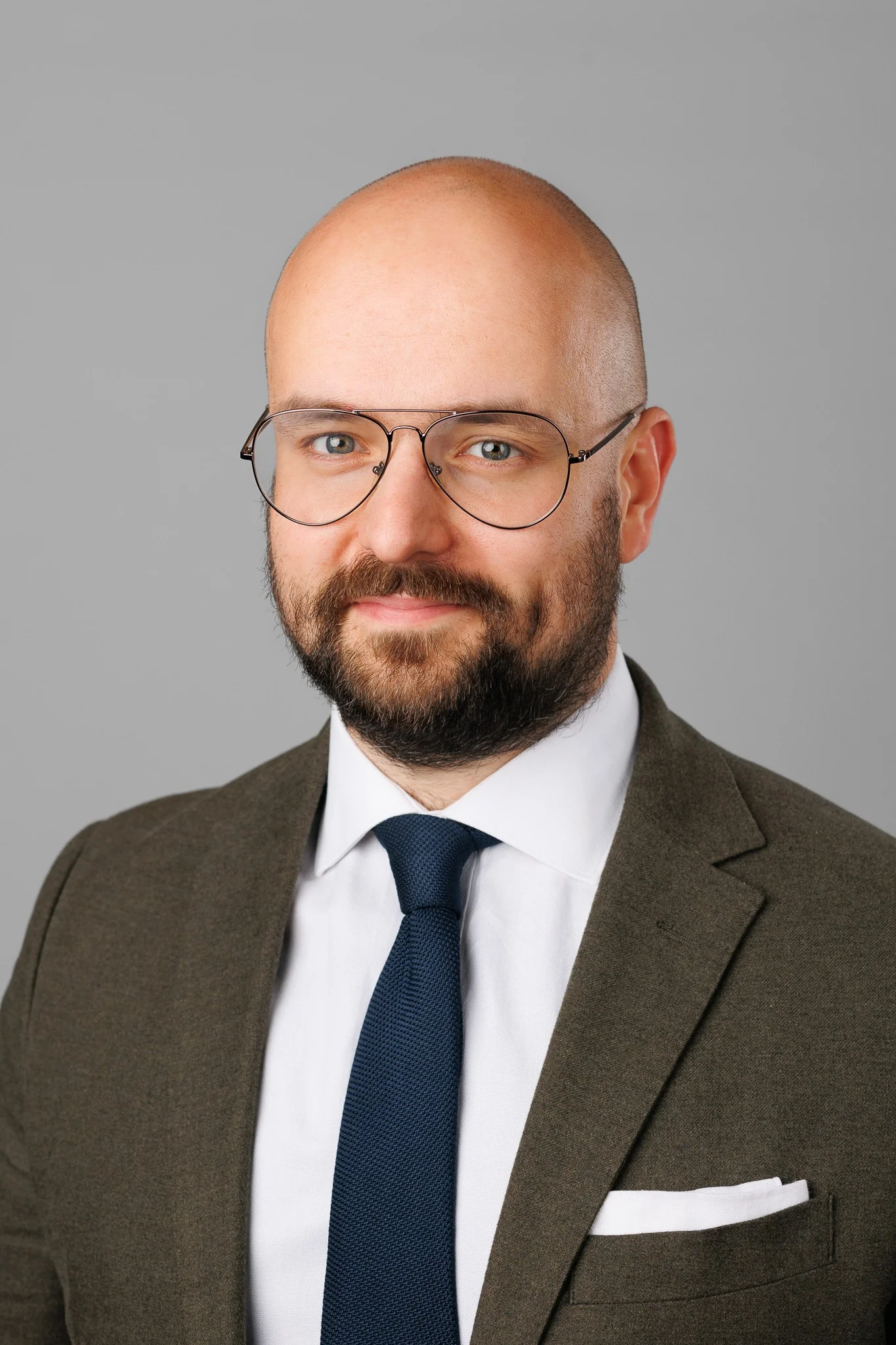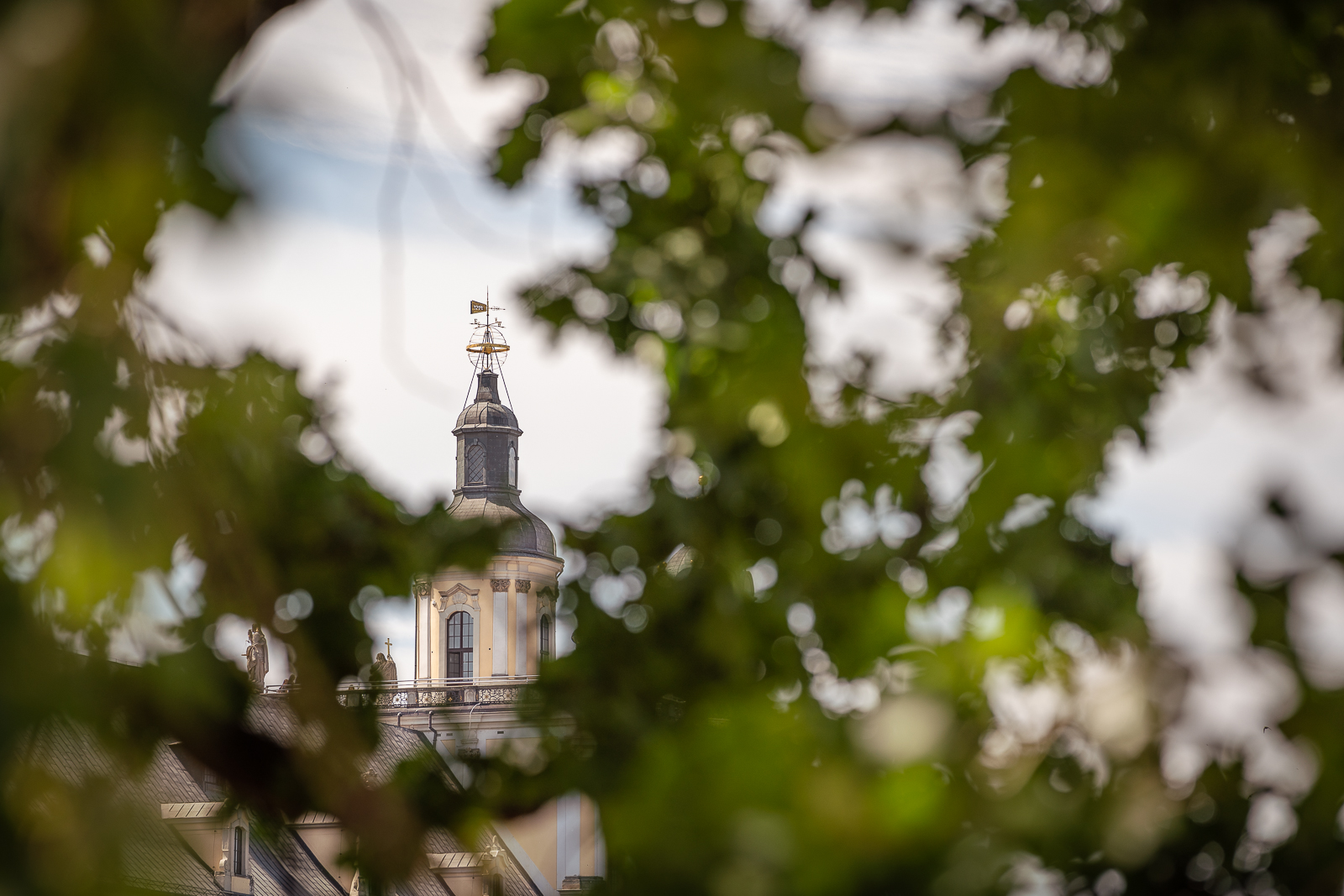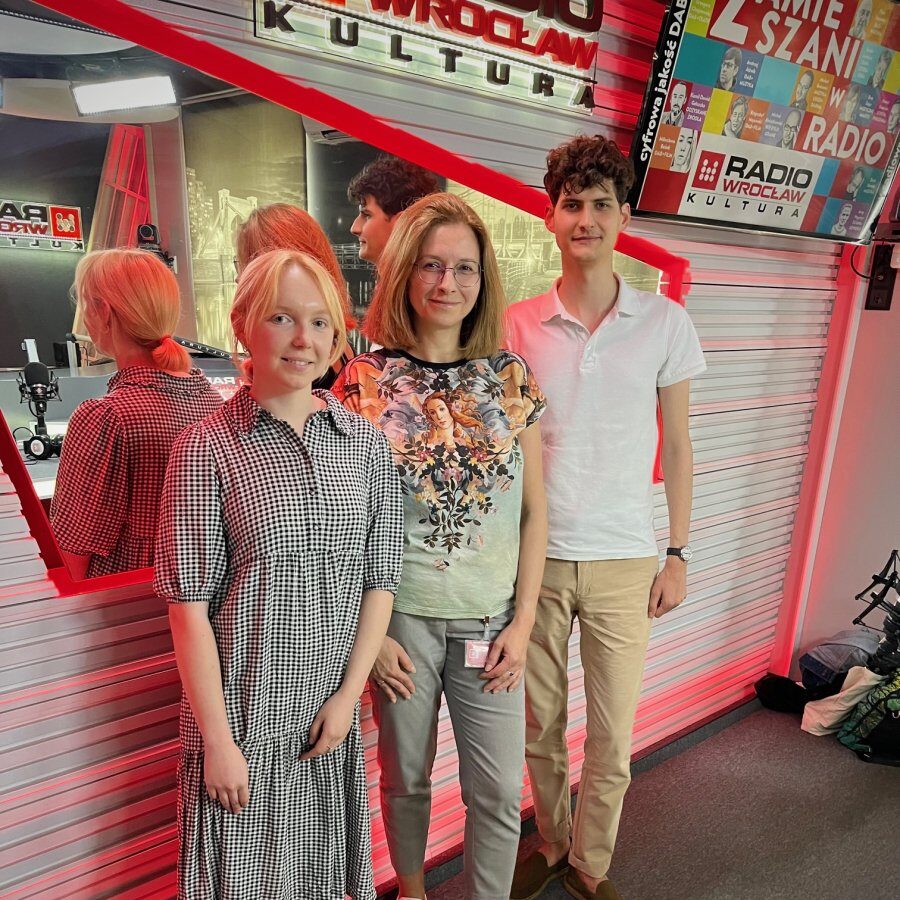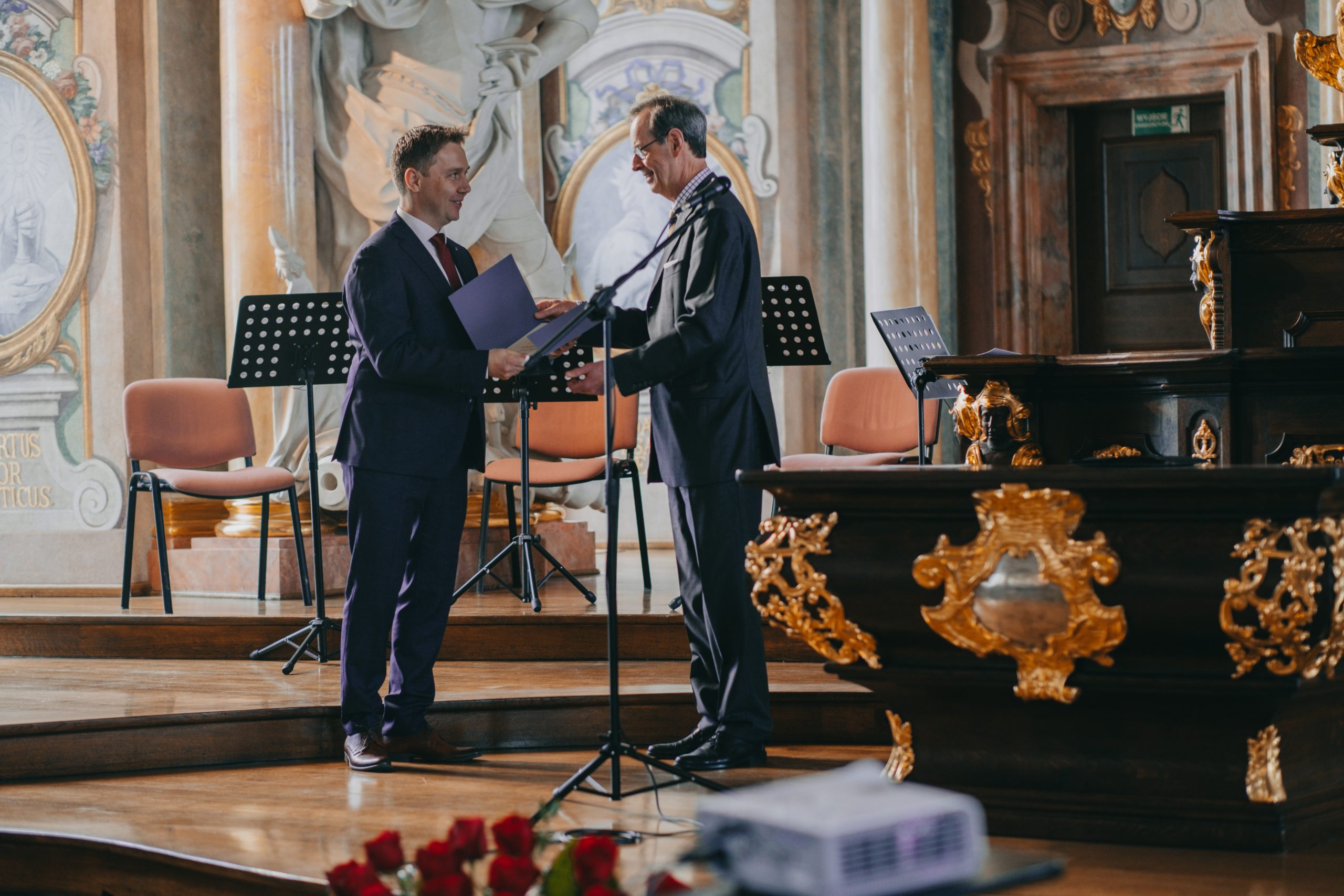Aktualności cov-work

According to archaeological research, in medieval Poland, lead glass jewellery was mass-produced from lead glass, and the raw material for beads and rings production came from Polish deposits. The study’s findings were published in the prestigious Journal of Archaeological Science by a team of scientists from the University of Wrocław, Institute of Archaeology and Ethnology of the Polish Academy of Sciences, Jagiellonian University, National Centre for Nuclear Research, University of Warsaw, Jan Długosz University in Częstochowa, and Juniata College in the USA. The lead author of the study was dr hab. Aleksandra Pankiewicz from the Institute of Archaeology at the University of Wrocław.
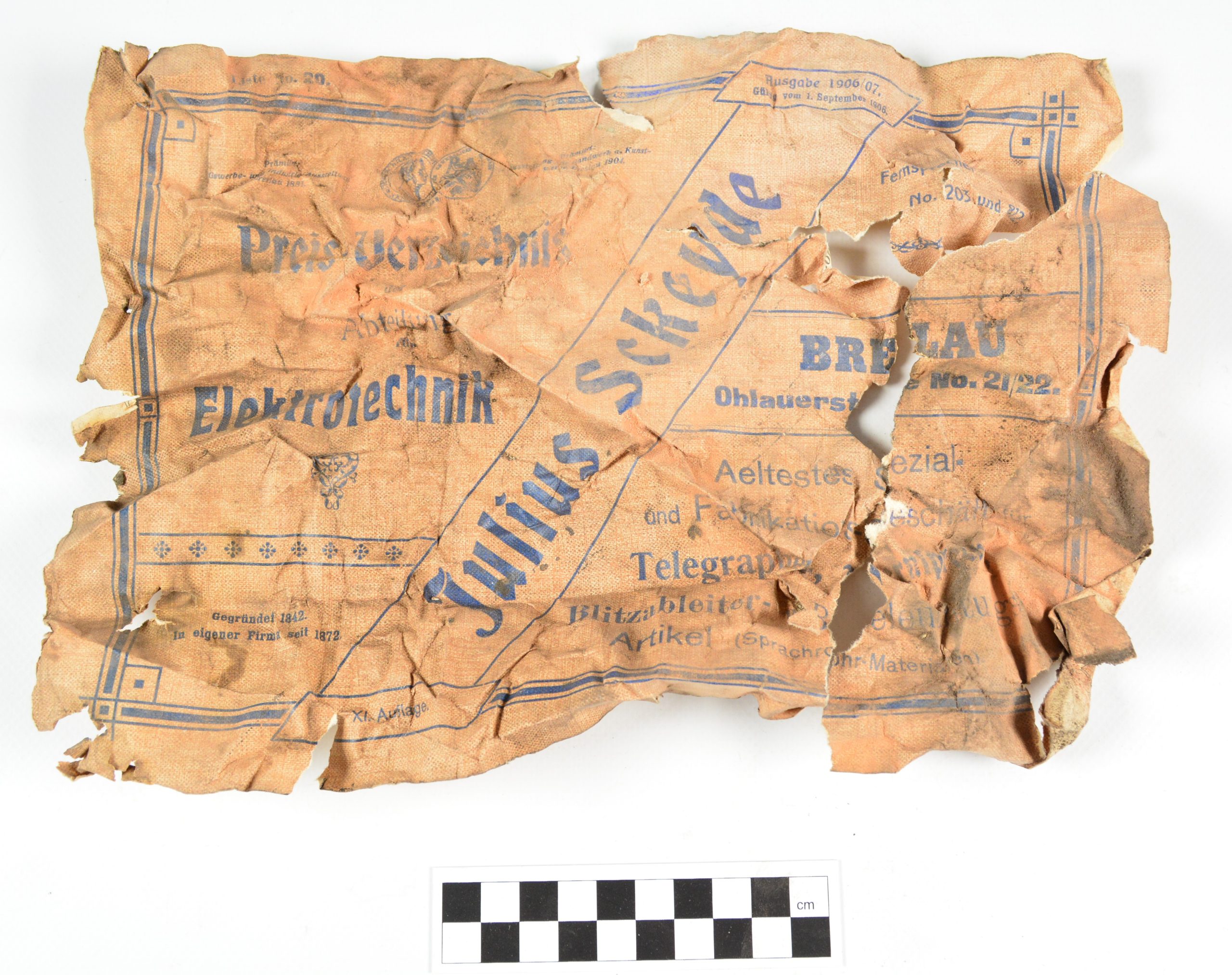
The ongoing comprehensive renovation of the Historical Institute building at ul. Szewska 49 provides an opportunity to gain an in-depth insight into the history of the building dating back several hundred years. As work is being carried out, rubble backfill is being reviewed and examined, but also construction elements (planks, beams, battens). These bear not only technical markings, but also the signatures of the craftsmen who worked on previous repairs and alterations to the building. The gallery presented here contains photographs of the most interesting artefacts found during the last few months.
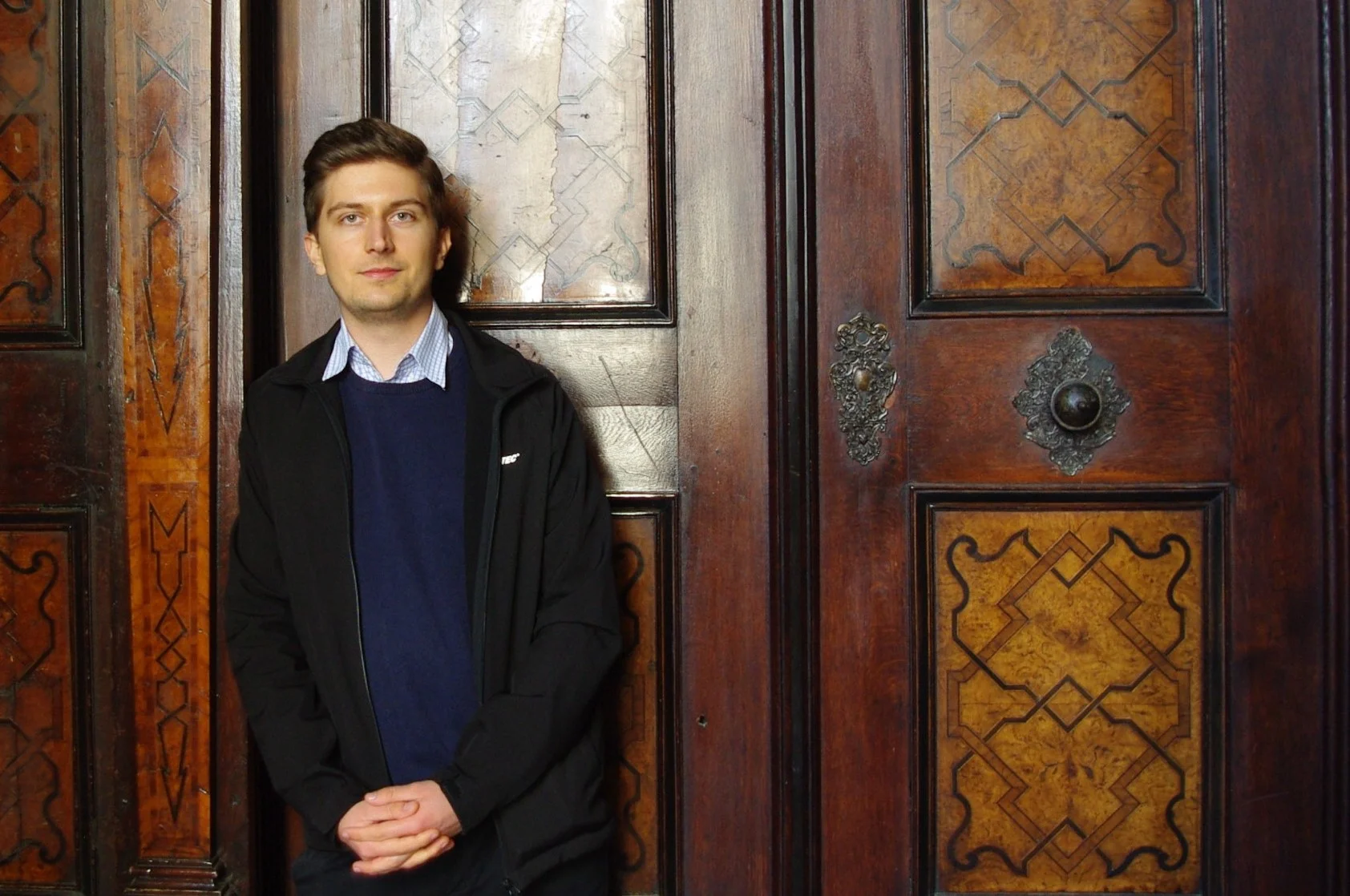
The pharmacy that formerly operated on the site of the University of Wrocław has been attracting great interest for years. The room in which it had its seat is now part of the main building. The fact that it remains inaccessible to the public undoubtedly contributes to the aura of mystery that has grown up around this facility.
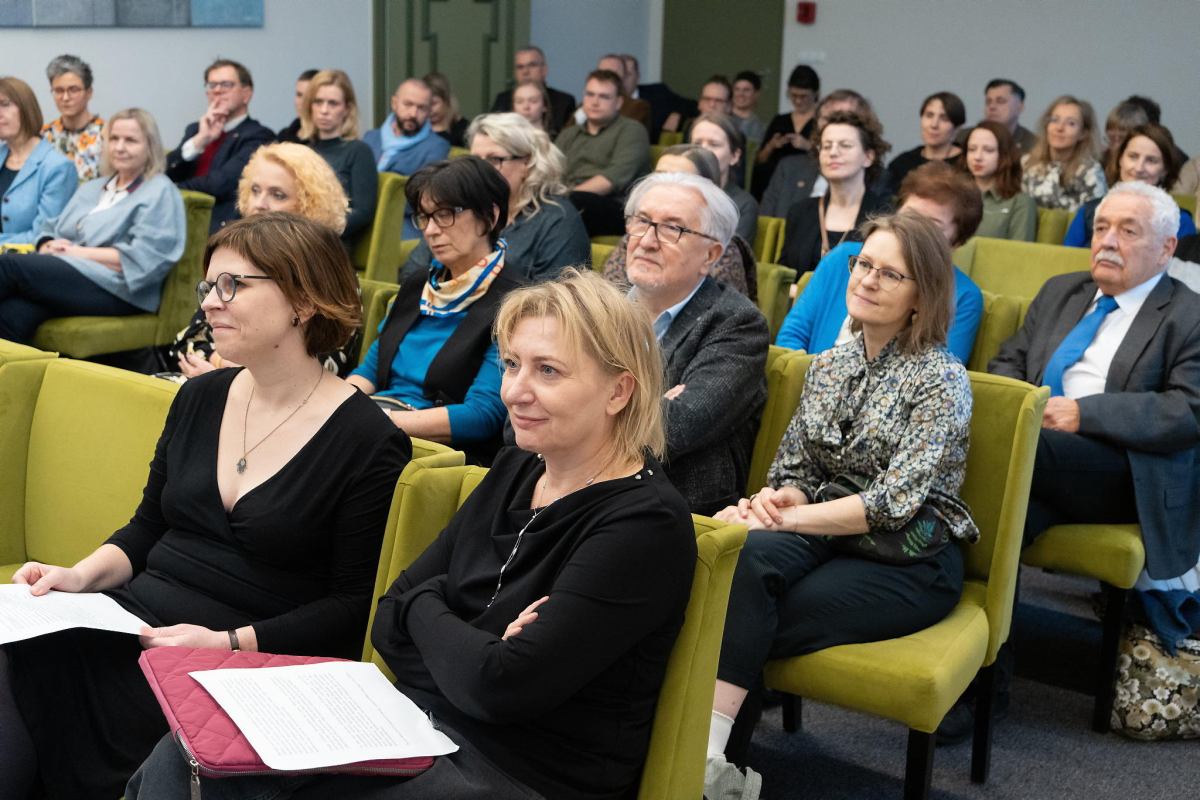
In December, a festive meeting was held in the auditorium of the prof. J. Woronczak Chair of Jewish Studies on the occasion of bringing back from Berlin the collection of the most important researcher of the history of the Jewish community in Germany, prof. Monika Richarz. The transportation of the books was financed by the Consulate General of Germany. The event was also an opportunity to celebrate the establishment of a partnership with the Consulate. As Department Head dr Wojciech Tworek said (quoting Humphrey Bogart): This is the beginning of a beautiful friendship!
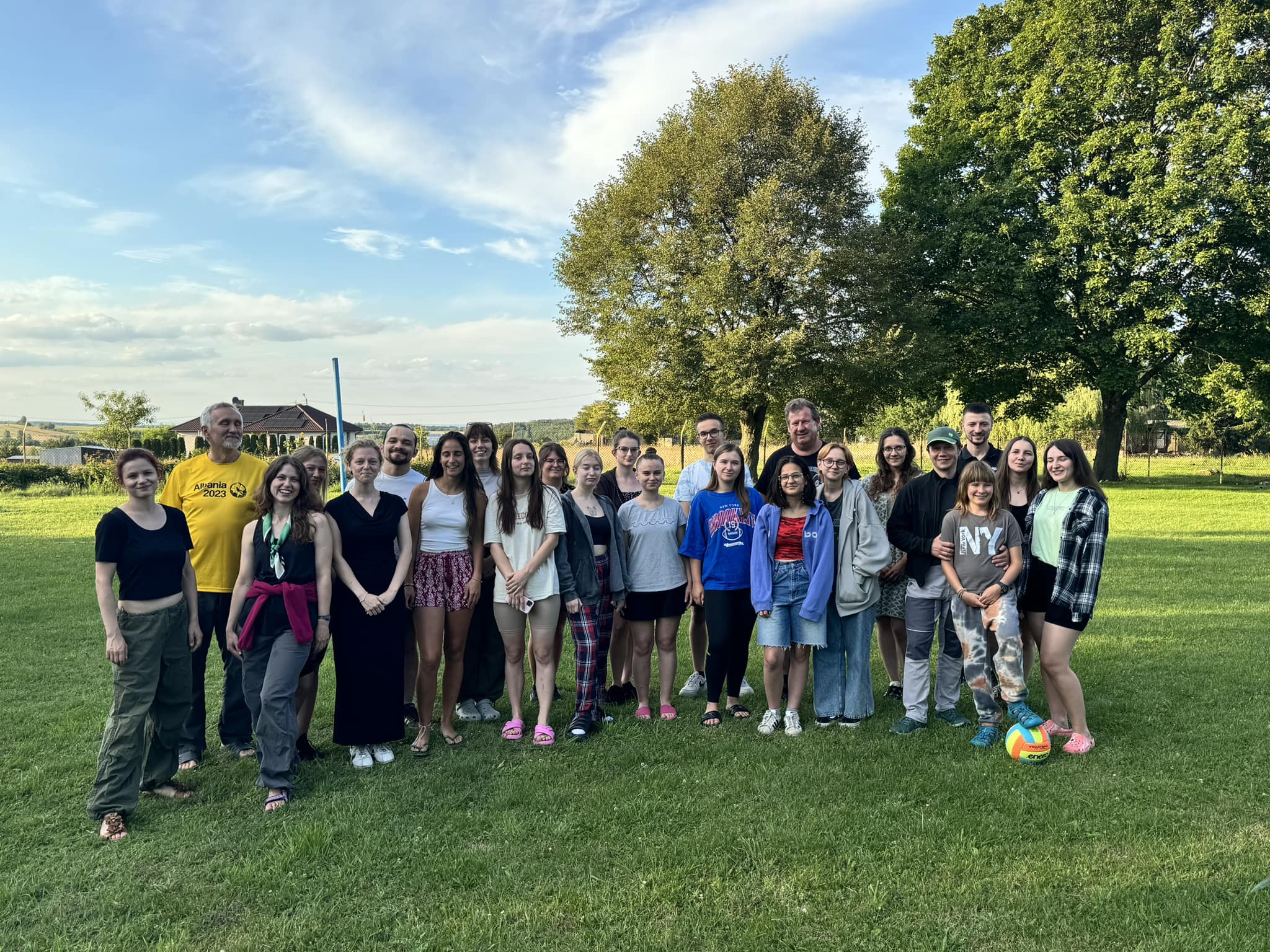
The next Summer School of Karst and Speleology as part of the Arqus Solidarity with Ukraine project began on 21 July. Throughout the week, archaeological and palaeontological excavations will be carried out in the Reindeer Cave, accompanied by geomorphological and geological studies of the cave sediments. In addition, field trips will be organised to show participants selected archaeological, palaeontological and geomorphological sites in the Kraków-Częstochowa Upland. The field trips will include the Ojców National Park, Wodąca Valley, Zborów Mountain and their local caves.
Every year, around Pentecost, prominent experts from Germany visit the University of Wrocław. They represent half of the Society. The […]




